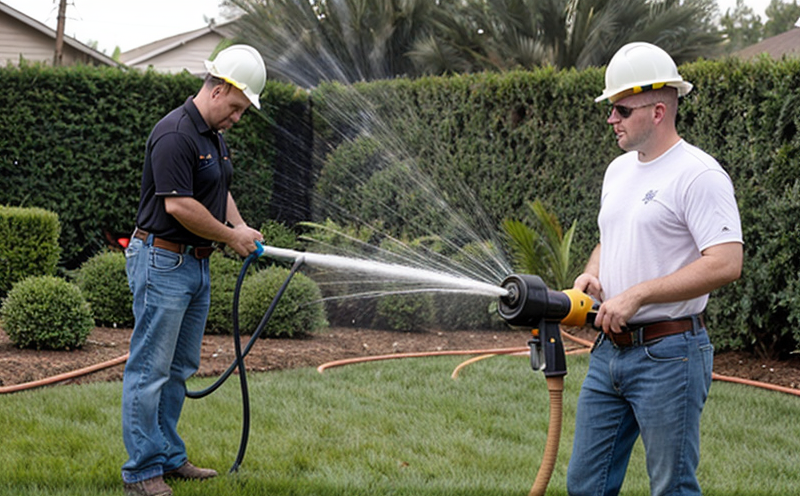Sprinkler pump inspection
The importance of a well-maintained fire safety and protection system cannot be overstated. A key component of such systems is the sprinkler pump, which ensures that water is delivered effectively during a fire emergency. Regular inspection and testing of these pumps are critical to ensure they operate as intended when needed.
During a sprinkler pump inspection, various aspects are evaluated to confirm its operational readiness. This includes checking for leaks, ensuring proper connection points, verifying the integrity of seals, and confirming that all necessary components are present and functioning correctly. The pump is also tested under simulated operating conditions to ensure it can deliver water at the required pressure and flow rate.
The inspection process typically involves a series of steps. First, the exterior of the pump is visually inspected for any signs of damage or wear. Next, the pump is disassembled to inspect internal components closely. This allows technicians to check for corrosion, ensure that all parts are in good condition, and verify that there are no obstructions within the system.
Once the inspection is complete, a hydrostatic test may be performed. This involves filling the pump with water and pressurizing it to a specified level, typically higher than the expected operating pressure. The pump is then monitored for any signs of leaks or other issues that could compromise its performance during an emergency.
After the inspection and testing are complete, a detailed report is generated. This document includes all findings from the inspection process, along with recommendations for any necessary repairs or maintenance. It also provides information on the pump's current condition and its expected operational life.
Regular inspections of sprinkler pumps are essential to ensure that they remain in optimal working order. By conducting these inspections, facility managers can help prevent potential failures that could compromise fire safety during an emergency situation.
- Avoiding Downtime: Regular inspections reduce the risk of unexpected breakdowns and minimize downtime.
- Increased Efficiency: Proper maintenance ensures that pumps operate at peak efficiency, delivering water quickly and effectively.
- Better Safety: Well-maintained systems contribute to improved fire safety by ensuring that all components function as designed during emergencies.
- Potential Cost Savings: Preventive maintenance can extend the life of equipment and reduce long-term costs associated with repairs or replacements.
In summary, a comprehensive sprinkler pump inspection is vital to maintaining effective fire safety systems. By regularly inspecting these critical components, facility managers can ensure that they are in optimal condition, ready to perform when needed.
Industry Applications
The application of sprinkler pumps spans various industries where fire safety and protection are paramount. In the healthcare sector, for example, hospitals rely on these systems to protect patients, staff, and visitors in case of a fire. Similarly, industrial facilities use sprinklers as part of their overall risk management strategy.
Office buildings, hotels, and schools also benefit from the installation and maintenance of sprinkler systems. These structures are designed with safety in mind, and maintaining the integrity of these systems is crucial for protecting occupants and property.
In addition to traditional fire protection applications, sprinklers can be used in other contexts such as manufacturing plants where they serve a dual purpose: not only do they protect against fires but also help control smoke and reduce heat buildup. This makes them an integral part of the industrial safety framework.
Whether it's a large commercial building or a small residential property, ensuring that your sprinkler system is in good working order should be a priority for any organization committed to maintaining high levels of safety and compliance with relevant regulations.
Eurolab Advantages
At Eurolab, we pride ourselves on providing top-tier inspection services that exceed industry standards. Our team of experts is dedicated to delivering accurate, reliable results every time, ensuring that your sprinkler pumps are in perfect working condition.
We employ state-of-the-art equipment and follow rigorous protocols to ensure our inspections meet or surpass international standards like ISO/IEC 17025:2017. This guarantees consistent quality across all projects we undertake.
Our commitment extends beyond just compliance; it also includes providing detailed reports that offer actionable insights into the current state of your system and future maintenance needs. With Eurolab, you can rest assured knowing that our professionals will provide thorough evaluations and recommendations based on their findings.
In addition to technical expertise, we understand the importance of personalized service tailored specifically for each client's unique requirements. From initial consultation through final report delivery, we strive to deliver exceptional value at every step of the process.





